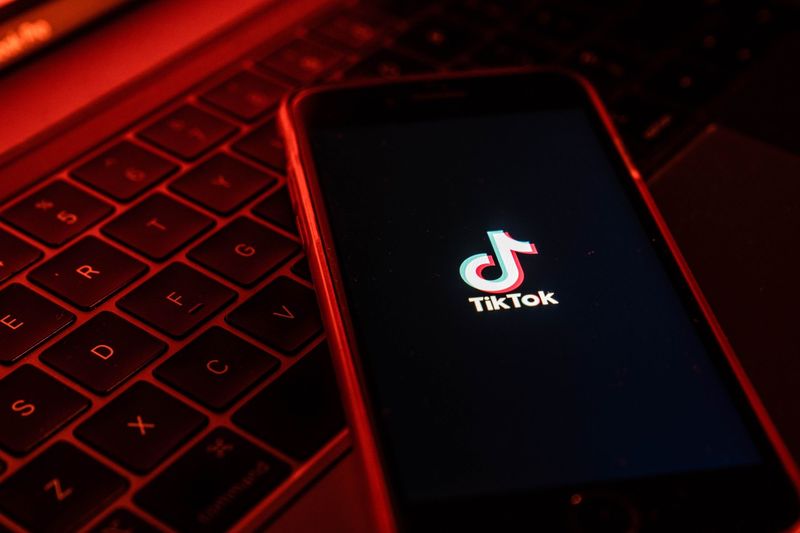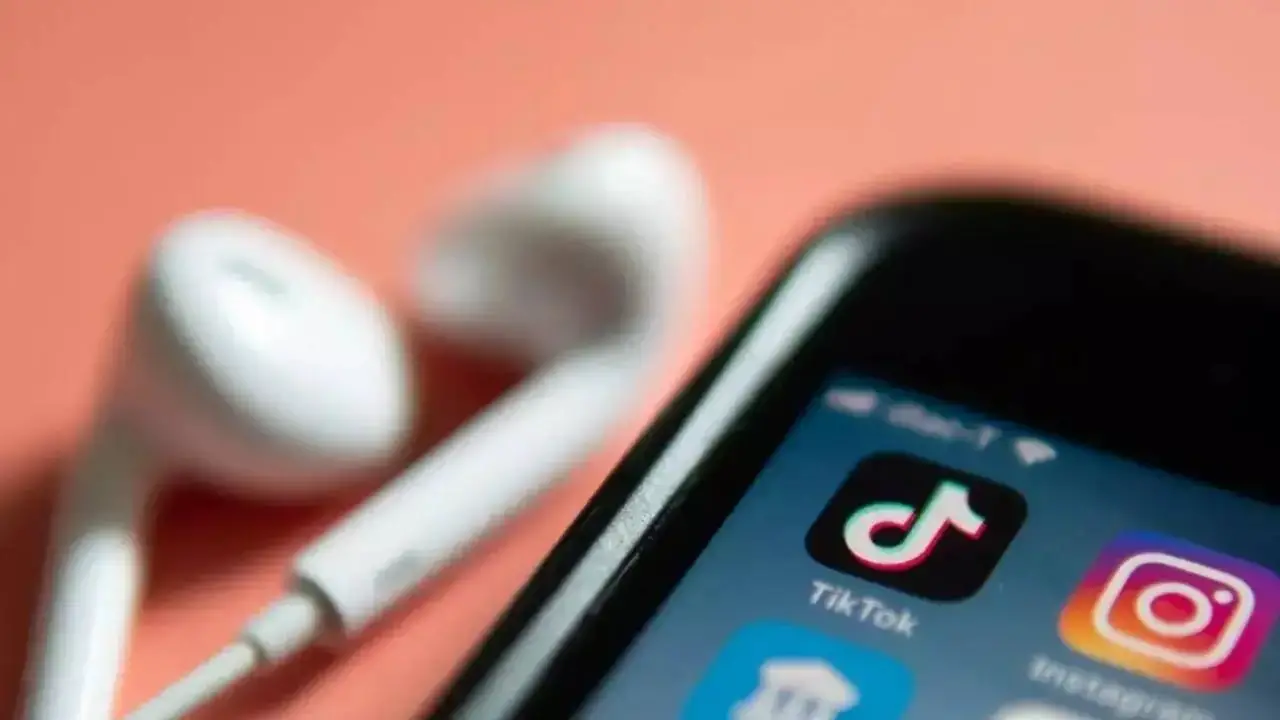TikTok has gained a lot of popularity due to its viral short films, as well as government scrutiny surrounding its methods. But now the app finds itself caught in the middle of a real-world conflict, as Russia wages war on Ukraine. Its users are involved deeply in a contentious geopolitical debate that is playing out right before their eyes on their phones’ displays.
The White House is briefing TikTok stars about the war in Ukraine
The White House had to call 30 popular TikTok celebrities to explain the problem to them over a Zoom call, according to The Washington Post. The session was meant to educate the participants about the flood of misinformation on the platform, what’s at stake, and how the United States is participating in the escalating dispute.
The decision to ban TikTok was a watershed moment for social media platforms, especially TikTok. In an address (via Politico), Ukrainian President Volodymyr Zelenskyy mentioned TikTokers as individuals who can assist in ending the invasion. The White House’s summoning of TikTok stars, on the other hand, is not simply a public-relations stunt. It isn’t even TikTok’s first dance with the government.

The platform has been utilized to spread COVID-19 misinformation and hazardous challenges, while simultaneously aiding in the spread of information by institutions.
The Russian government is also employing its own TikTok celebrities to disseminate the country’s position on the Ukraine conflict. In a VICE journalist’s covert investigation, it is discovered that in a coordinated campaign on Telegram, recruited TikTokers and social media influencers promote Russian disinformation in exchange for money.
TikTok has been the main platform displaying human side of the war
TikTok’s involvement is crucial here because it is displaying the human side of war. Marta Vastuya, a 20-year-old Ukrainian refugee who lives in London, is showing the difficulties Ukrainians are facing and she has 36 million views on her videos, according to The Times.
Valeria Shashenok is another example reported by The CUT, she is a 20-year-old student from Ukraine who has had her Instagram account inundated with millions of followers as she documents her life in an underground bunker while bombs flatten buildings outside.
TikTok has played a significant part in documenting the conflict. According to The Media Manipulation Casebook, videos with the hashtag #Ukraine have been viewed 26.8 billion times on TikTok as of March 9, while Instagram had only reached 33 million views as of that date.

However, in recent months, clips parroting the state’s message and/or spreading false information have been proliferating as well. As The Guardian points out, material about the Ukraine conflict is swiftly spreading and getting amplified, regardless of whether it is genuine or fraudulent. TikTok responded to the content conflict by restricting users in Russia from uploading new videos and live streaming, but deceptive films that have been posted on the site may still be promoted through direct sharing and algorithmic recommendations.
TikTok’s mobile app doesn’t provide a straightforward way to determine whether a video was uploaded recently, making it even more difficult for the average TikTok user to spot fraudulent content.
TikTok has a more immediate and potentially more manipulative function. When a post’s most popular comment is pushed to the top, the spread of disinformation is only exacerbated. As part of its content policy, TikTok prohibits media that depicts violence, bloodshed, or corpses. Blocking such images, on the other hand, conveys the impression that the war isn’t as devastating as it actually is and that it’s all about harm to civilian and government properties.
This image claiming to show "Russian troops hoisting a flag on a public building in Kharkiv" was in fact taken in 2014 and not during the current conflict.
H/T @KianSharifi pic.twitter.com/z9UKWQPia8
— Shayan Sardarizadeh (@Shayan86) February 24, 2022
TikTok Sounds are also assisting in the propagation of false information. Users may freely extract audio from a film and then superimpose it over another video on TikTok. This has allowed for the circulation of videos that contain altered audio taken from older films, which is a typical occurrence.
A video taken from a 2017 film called The War of Chimeras and claiming to show Ukrainian soldiers bidding an emotional goodbye was revealed by Politifact.
TikTok users in border regions and villages documented troop movements and military vehicle mobilizations weeks before the on-ground battle. But if it wasn’t properly verified, it risked the spread of content that might cause mass hysteria and propaganda. Misleading information may affect anyone, including journalists and media companies.





